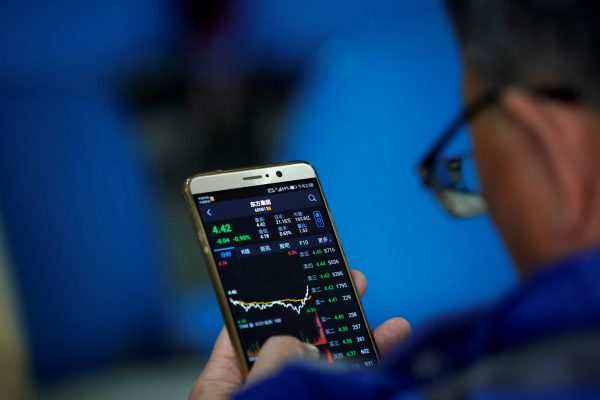The old financial regulatory framework was established in 2003 and revolved around four institutions: the People’s Bank of China (PBoC), the China Banking Regulatory Commission (CBRC), the China Securities Regulatory Commission (CSRC) and the China Insurance Regulatory Commission (CIRC). This ‘one bank and three commissions’ system survived unchanged for 15 years. Its laissez-faire approach to regulation resulted in huge levels of personal corruption and dysfunctional capital markets.
Speculation about replacing these four institutions with a single ‘super regulator’ had been circulating since the 2015 financial turmoil. The idea was said to be discussed as a viable alternative during the National Financial Work Conference in July 2017. But after the November 2017 Conference, the government settled on a compromise: establishing a Financial Stability and Development Committee to lead the policy and governance of the PBoC, and a streamlined merger of the CBRC and CIRC into one regulator, the China Banking Insurance Regulatory Commission. The CSRC was left as a standalone regulator.
Under the old system, the shadow-banking system thrived, non-bank financial institutions displaced the banking system, and alternative wealth management products undermined capital market integrity. Underneath it all, the accepted grey market in local government finance created a ‘Jenga tower’ where consumer savings, asset pricing and financial stability were disconnected from market forces and left to swirl in the realms of chance.
The confinement of regulators to separate domains allowed for the exploitation of regulatory cracks, redundancies and conflicting functions, hindering the efficiency of market mechanisms. The hostile takeover of Chinese property giant Vanke by Baoneng Group, a property and financial services conglomerate, in 2015 highlights the loopholes in the fragmented supervisory structure.
Baoneng leveraged less than 2 billion RMB (approximately US$315 million) of its own equity to acquire 25 per cent of Vanke’s shares, worth 45 billion RMB (US$7.1 billion). Baoneng’s attempt was conducted through complex financing mechanisms, including nine asset management plans, an asset management company and an insurance company that were all controlled by Baoneng.
In March 2016, the CBRC, CSRC and CIRC all separately investigated Baoneng’s fundraising. But because each investigation stalled at the fringes of the overlapping regulatory domains, no findings ever came from the investigations, much less any concrete measures.
Participants in financial markets exploited these institutional shortcomings, fuelling rampant and dangerous financial activities such as investment in illegal online financial products and speculative investments. The unregulated and unhealthy credit growth resulting from these activities not only accumulated significant debts but has also been responsible for several financial crises.
During the stock market crash in 2015, approximately US$3 trillion in mainland share value vanished in three weeks. Highly leveraged activities were primarily responsible for the crash. Large amounts of capital were herded out of China illegally — the very scenario that increasing leverage to encourage share speculation was supposed to avoid. Capital flight threats, asset-price instability and accumulated debt threats hastened the government’s resolve to tighten control.
Giving the new regulator more power and centralised control aims to mitigate financial risks. But the changes are also part of Chinese President Xi Jinping’s broader efforts to tighten the Chinese Communist Party’s control over market mechanisms.
Xi has placed trusted allies in key regulatory positions and has broken bureaucratic conventions to promote his own people. In 2013, Xi named Liu He as director of the Leading Group on Financial and Economic Affairs. Liu then rapidly made his way into the Politburo through several overnight promotions and now serves as a State Council vice-premier. The rapid placement of the Central Bank under party loyalty was complete with the appointment of Liu as leader of the Financial Stability and Development Committee in March 2018.
Yi Gang, an economist with limited experience in China’s bureaucracy, was promoted to Central Bank chief, replacing Zhou Xiaochuan. Under Yi, the PBoC is set to assume more legislative and rule-making functions — a sign of greater subservience to party politics. Ma Kai, a previous vice-premier, was considered during his term less influential than Zhou. But Liu, with strong backing from Xi, will have the Central Bank governor in his pocket.
China is carefully planning to avert future financial crises through strong direction from the centre. Market actors have been given clear instructions to deleverage and reduce risks as China enters a low-growth, high financial-risk phase of economic development. While re-empowering the financial regulators to better limit market risk is a wise move, Xi’s centralisation efforts both expand party power over markets and extend the new economic agenda to market actors by political means.
Peiyuan Lan is a research assistant in the School of Advanced International Studies, Johns Hopkins University.

